Fall 2021
Humanity in Motion
– Kayly Ober
Refugee. Migrant. Displaced Person.
All of these labels are a part of the broad spectrum of human mobility, and refer to different sorts of movements.
In general, displacement normally refers to forced movement. The reasons behind displacement often are sudden and dramatic, such as an outbreak of conflict or an extreme weather event, such as a hurricane.
Not everyone will respond to disasters by moving. In fact, displacement is a result of a complex interaction of factors, such as the underlying vulnerability of people and communities to shocks or stresses, the magnitude and frequency of the hazard event at hand, and the ability to cope with such events.
Those that may be more exposed to hazards, such as living on the coast when a hurricane strikes, or that have less assets to weather such a storm, are more likely to be displaced. They will also likely find themselves in a more long-term, or protracted, state of displacement.
In 2020 alone, an estimated 9.8 million people were newly displaced due to conflict, persecution, and violence.
A Global Challenge
More than one percent of the world’s population—or 82.4 million people—are currently numbered as a refugee, asylum seeker, or an internally displaced person.
This is a four percent increase from 2019, which totaled a then-record-high of 79.5 million people. It also represents a more than a doubling of the number of people forcibly displaced since 2010. In 2020 alone, an estimated 9.8 million people were newly displaced due to conflict, persecution, and violence.
Hotspots all over the world have contributed to this rise in human displacement: the Tigray region of Ethiopia; the disputed territory between Azerbaijan and Armenia; pockets of South America in the wake of the Venezuelan crisis; and in longstanding hotbeds in Syria and Yemen.
For many, this displacement is a crisis on top of a crisis: The vast majority of those displaced come from or reside in low-income countries where COVID-19 infection rates have grown rapidly. Humanitarian aid agencies and host governments have worked hard to prevent outbreaks in these communities.
But many people in this vulnerable other “one percent” will feel the impact long before vaccines and aid arrive. Reporting shows that COVID-19 has made shelter and social distancing difficult, strained humanitarian access and supply chains, and hampered the ability for those seeking refuge to cross borders. In response to the pandemic, it is estimated that 164 countries around the world have limited or cut off access to asylum.
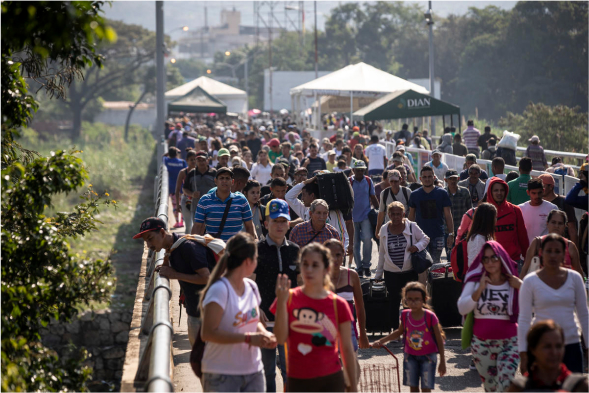
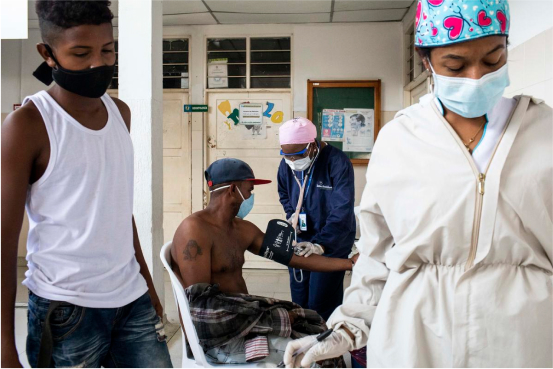
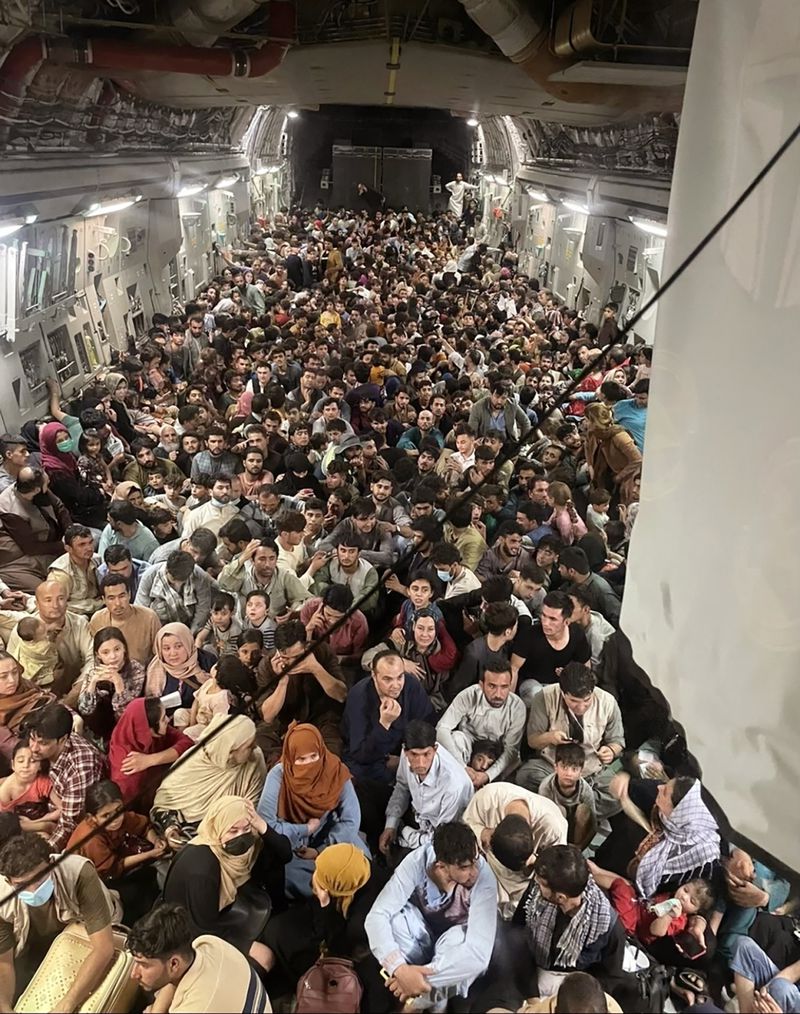
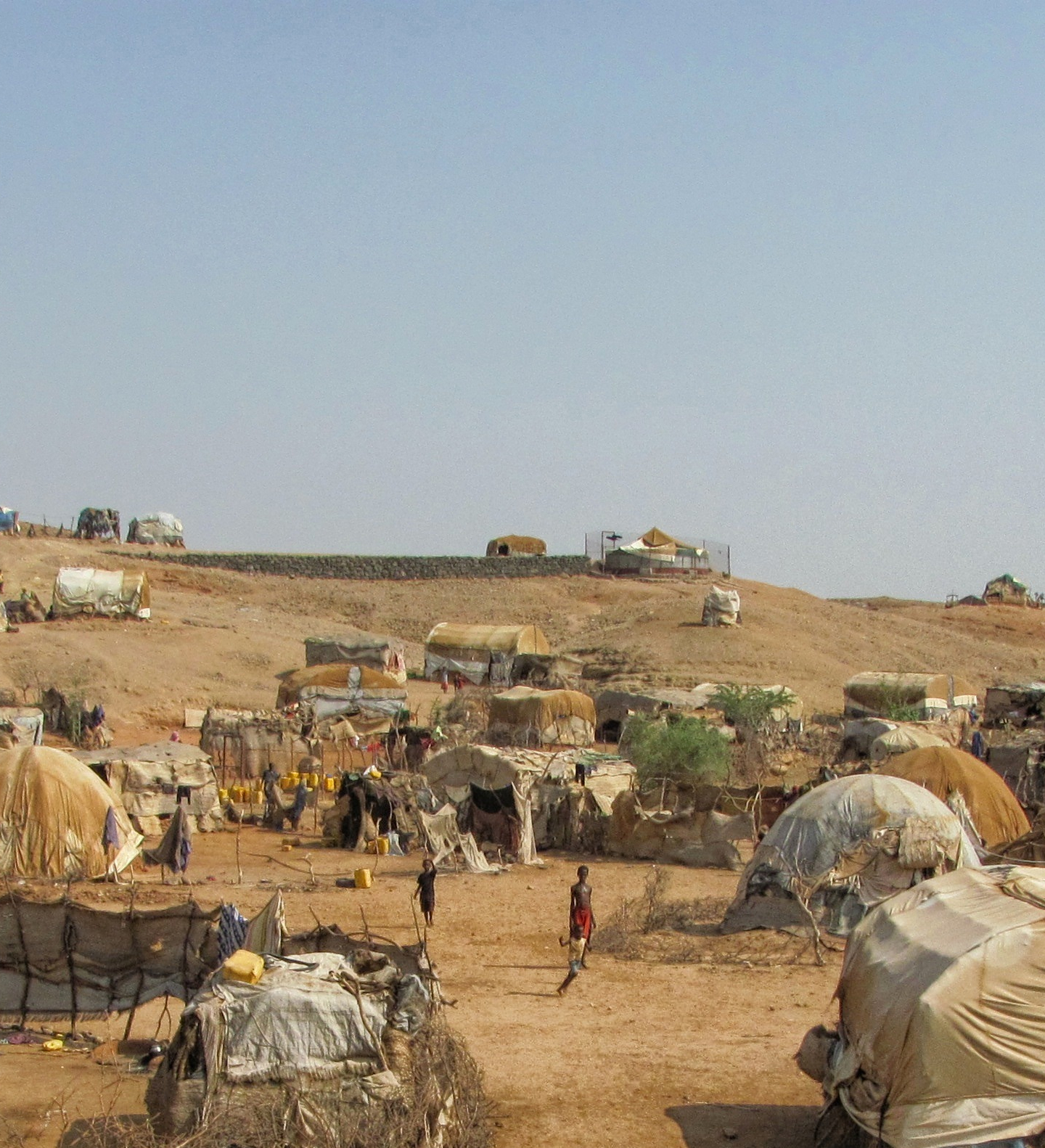
Conflict
Sub-Saharan Africa accounted for an escalating number of displacement crises in 2020. By the end of the year, nearly 21.8 million people across the region were living in internal displacement as a result of conflict and violence. This represents the highest figure on record.
Over six million people in the region remain in refugee situations as a result of violence, conflict, and persecution, including 2.2 million South Sudanese, and close to one million people in the Democratic Republic of the Congo (DRC), Somalia, and Sudan, respectively.
Regional political and electoral violence continue to be key triggers, often aggravating existing issues. The emergence of new armed groups and escalating violence also contributed.
In Burkina Faso, recent attacks by non-state armed groups have led to a more than ten-fold increase of IDPs between 2018 and 2020, or just over a million people. In Mozambique’s northern province of Cabo Delgado, the rise of Ahlu Sunna Wal-Jama (ASWJ), a homegrown non-state armed group, led to over 580,000 newly displaced people in 2020. The security situation also deteriorated in the DRC, where 2.2 million new displacements occurred in 2020.
The northern territory of Tigray in Ethiopia illustrates the dynamics of conflict-fueled displacement – which resulted from the culmination of longstanding tensions among Ethiopia’s diverse ethnic groups.
The current Prime Minister, Ahmed Abiy, took office in 2015-2016, following years of control by the Tigray People’s Liberation Front (TPLF). Abiy sought to dismantle the former ethnic federalism governance model used by the TPLF to rule the country. But in September 2020, he attempted to postpone local elections due to concerns of the COVID-19 pandemic.
The TPLF defiantly went ahead with local elections, and attacked the Ethiopian army’s northern command and armory facilities in multiple cities in Tigray. Abiy sent troops to the region – and even escalated the conflict by allowing Eritrean forces and militia from the neighboring Amhara region with longstanding grudges against the TPLF to join the conflict.
More than 6 million people remain trapped in this complex war. An estimated 2.2 million people have been displaced by the conflict, of which some 61,000 have fled to Sudan.
Climate Change
Climate change is rarely the sole driving factor behind displacement. However, as a recent report from the Intergovernmental Panel on Climate Change—the United Nations body for assessing the science related to climate change—shows, it is already supercharging certain extreme weather events.
People living in Asia and the Pacific are particularly at risk of displacement due to extreme weather events for a variety of reasons, including population exposure and geography. For example, millions of people in the region live on deltas and coastlines and in other low-lying areas prone to riverine and coastal flooding, salinization, and soil erosion.
In 2020, a hyperactive typhoon season underscored the reality of weather-related disaster for much of Asia and the Pacific. Storms triggered almost half of the 12.1 million new disaster displacements recorded across the region. Densely populated countries, such as China, the Philippines, Japan, Myanmar, Indonesia, and Viet Nam, accounted for half of them all new displacements in the region (5.8 million). However, the number of people displaced should always be assessed relative to population density. For example, Tropical Cyclone Harold displaced more than 80,000 people in Vanuatu, or 27 percent of the country’s entire population, in April 2020.
Meanwhile, disasters in South Asia accounted for almost a third of the world’s new disaster displacements in 2020. Disasters displaced around 9.2 million people in the region, a record-breaking number for the second year in a row.
Bangladesh, in particular, is highly vulnerable to disaster due to its low-lying deltas and the population’s dependency on the highly vulnerable sector of agriculture. 2020 gave us a glimpse into the future of a climate-changed Bangladesh, in which both Cyclone Amphan and unprecedented monsoon flooding that inundated more than a fourth of the country, displaced millions of people. Cyclone Amphan displaced around 2.5 million, and monsoon flooding triggered around 1.9 million displacements nationwide. By the end of the year, around 345,000 people were still in state of displacement.
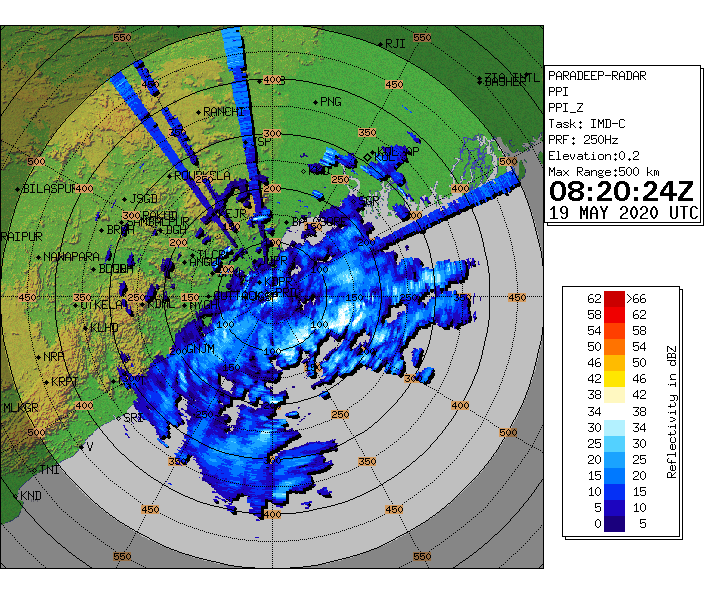
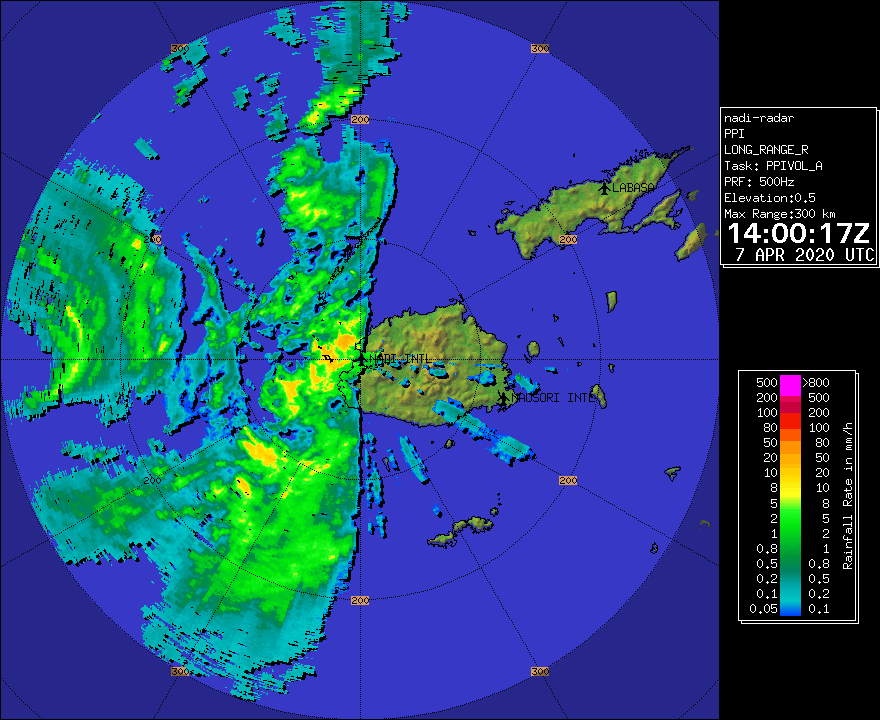
Pathways
Although most displacement occurs internally, some people make the difficult choice to seek out safety and asylum in other countries.
The decision to flee across borders is influenced by many factors, including distance, visa restrictions, and the cost of travel. Most flee to the closest neighboring country, but others take dangerous journeys across land or sea to reach a place they deem safest. Decisions on what route to take and what country to settle in may even change over time.
For instance, more than 6.3 million people have fled Syria since 2011, in what has been the largest forced migration crisis since the Second World War. Most Syrians have fled to neighboring countries in the Middle East, often remaining in a state of limbo in refugee camps or as a second-class citizen with uncertain legal status.
But between 2011 and 2017, over a million Syrian refugees fled to the European Union (EU) to seek out a better quality of life. Nearly all Syrian refugees making their way to the EU paid smugglers to help them with their journey, often risking their lives in the process.
Some used Turkey or Lebanon as a jumping off point to make the journey across the eastern Mediterranean to Greece. Some traveled to Egypt and crossed via the Mediterranean from there.
Other Syrian refugees traveled across land entirely, crossing from Turkey into Bulgaria and then Syrian pass through the Balkans to enter the EU via Hungary or Croatia. Increasing border controls – between Hungary and its neighbors, as well as between Austria and Germany – make the journey even more difficult and perilous.
Most Syrians seeking asylum in the EU arrived there in 2015. Since then, increasingly restrictive policies have increased costs, risks, and vulnerability to detention. In recent years, Syrians have looked to other destinations beyond the Middle East and Europe. Malaysia, Sudan, and Haiti are countries that do not require Syrian nationals to have a visa for entry, and humanitarian visa schemes and other forms of temporary protection have allowed Syrians to seek safety in other places, such as Brazil.
In 2020, conflict and disasters triggered 40.5 million new internal displacements across 149 countries and territories.
Within Borders
Most displacement around the world occurs within countries, not across borders. The Internal Displacement Monitoring Centre, the world’s definitive source of data and analysis on internal displacement, every year tracks internal displacement across the world. In 2020, conflict and disasters triggered 40.5 million new internal displacements across 149 countries and territories.
Disasters led to 30.7 million of those new displacements, or three times the amount of those displaced due to conflict and violence (or 9.8 million).
At the end of 2020, 48 million people continued to live in internal displacement as a result of conflict and violence, the highest ever number recorded. Epicenters for protracted displacement include areas of longstanding upheaval, such as Syria, Colombia, the Democratic Republic of Congo, Yemen, and Afghanistan.
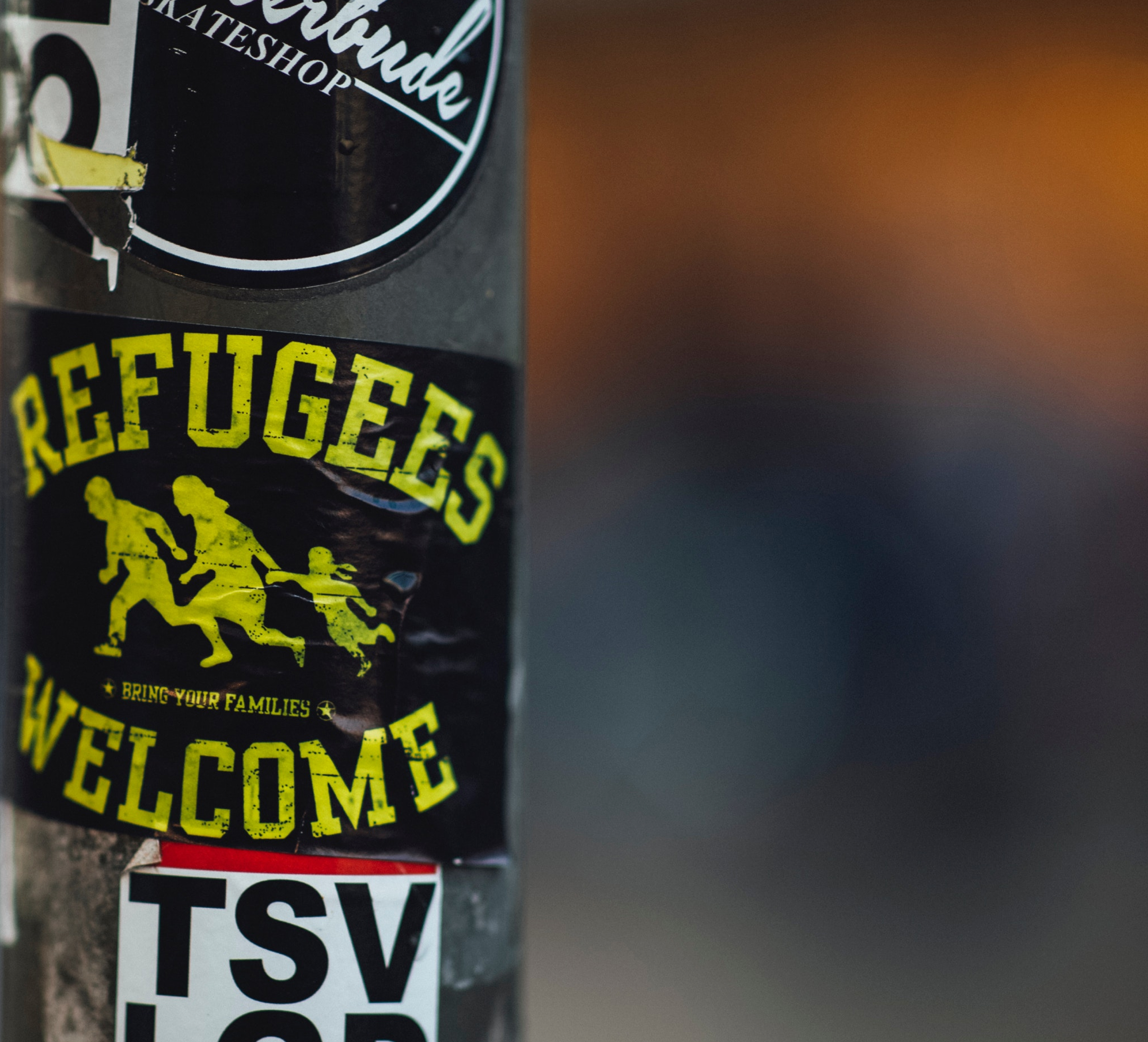
Permanance
Millions of people around the world live in a state of displacement that has lasted years—or sometimes decades. The United Nations Refugee Agency, UNHCR, terms any such semi-permanent situation of displacement that lasts more than five years as a “protracted” situation. They estimate that nearly 16 million refugees were in a protracted situation in 2019, a 12 percent increase compared to 2018. In fact, a majority of refugees, approximately 78 percent, find themselves in a protracted state of displacement.
Refugees in these situations often find themselves in a state of limbo: while it’s too dangerous to return home, they haven’t been given the opportunity to settle as a permanent citizen in the country they fled to or have not been offered the chance to resettle in a third country. In fact, only one percent of all refugees are offered the chance to resettle in a third country.
Refugees trapped in protracted situations often face significant protection challenges and restrictions on their rights. They may be deprived of freedom of movement, legal employment, access to land and systems of justice. Children may also have limited or no access to an education.
In 2018, the largest protracted refugee situations in the world involved Afghans, Syrians, South Sudanese, the Rohingya, and Somalis. Developing countries host the largest number of refugees in situations of protracted displacement. For example, Iran and Pakistan have been hosting more than 2.4 million Afghans over the last 40 years. This year’s nascent humanitarian crisis in Afghanistan, which is predicted will induce hundreds of thousands of refugees, is illustrative of the barriers to solving complex crises in states that they come from.
Credits
Written by Kayly Ober, senior advocate and program manager at Refugees International.
Edited by Richard Byrne and Stephanie Bowen, Wilson Quarterly.
Videos and images courtesy of UNHCR.
Designed and coded by Marquee in Miami. 🦩